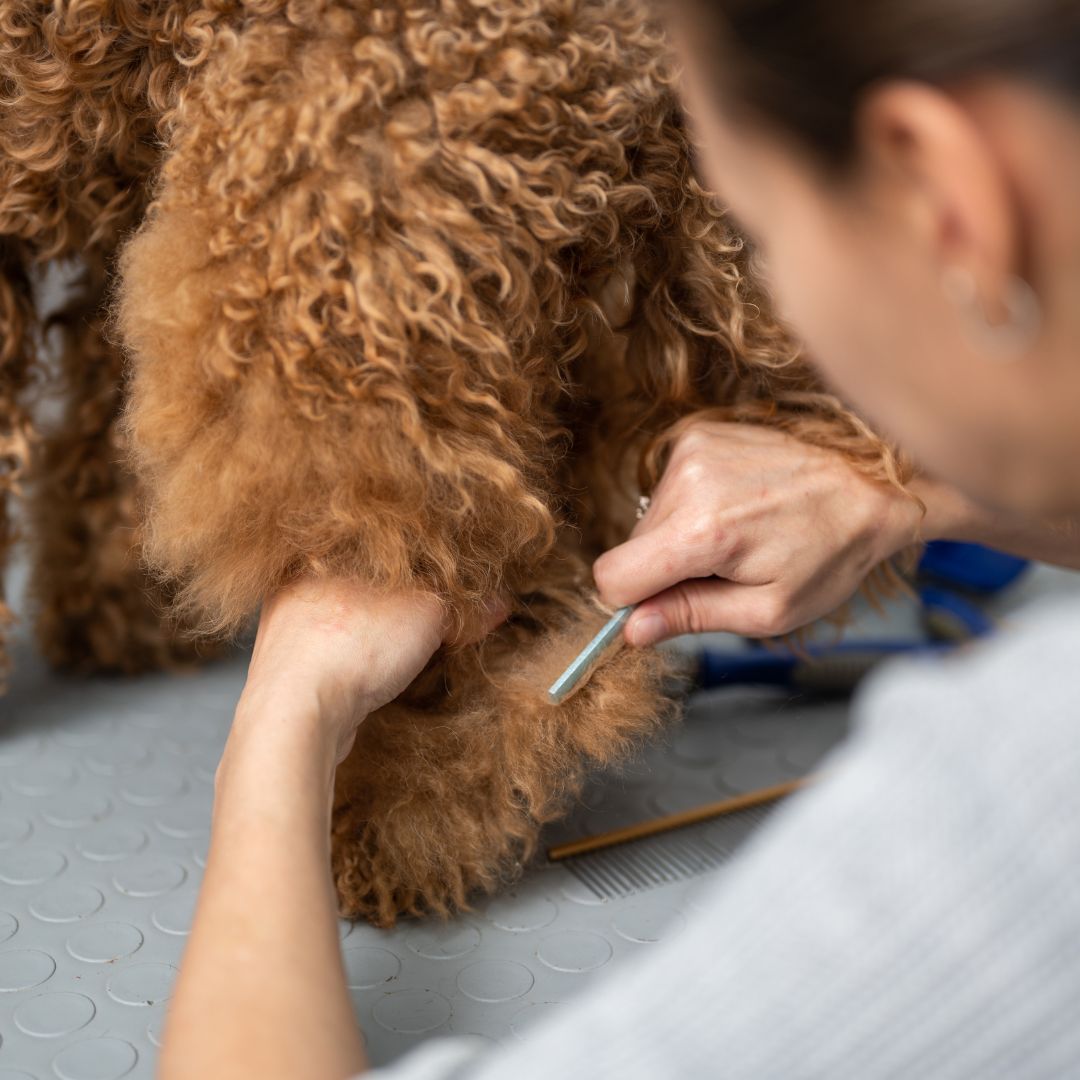Understanding when to use hand-tied versus wired arrangement techniques is fundamental to professional floristry success. Each method offers distinct advantages and is suited to different applications, from intimate bridal bouquets to elaborate event installations. Mastering both techniques expands your creative possibilities and ensures you can meet any client’s needs with confidence and skill. This comprehensive guide will help you understand the principles, applications, and professional considerations for each approach.
Understanding Hand-Tied Arrangements
What Are Hand-Tied Arrangements?
Hand-tied arrangements, also known as spiraled or European-style bouquets, are created by gathering flowers in the hand and securing them with a single binding point. This technique creates a natural, organic appearance that showcases the flowers’ inherent beauty while maintaining structural integrity.
Key Characteristics:
- Flowers are held and arranged in the hand during construction
- Stems are spiraled to create a rounded, dome-like shape
- Secured with a single binding point at the stem intersection
- Maintains natural stem length and appearance
- Creates a balanced, symmetrical design
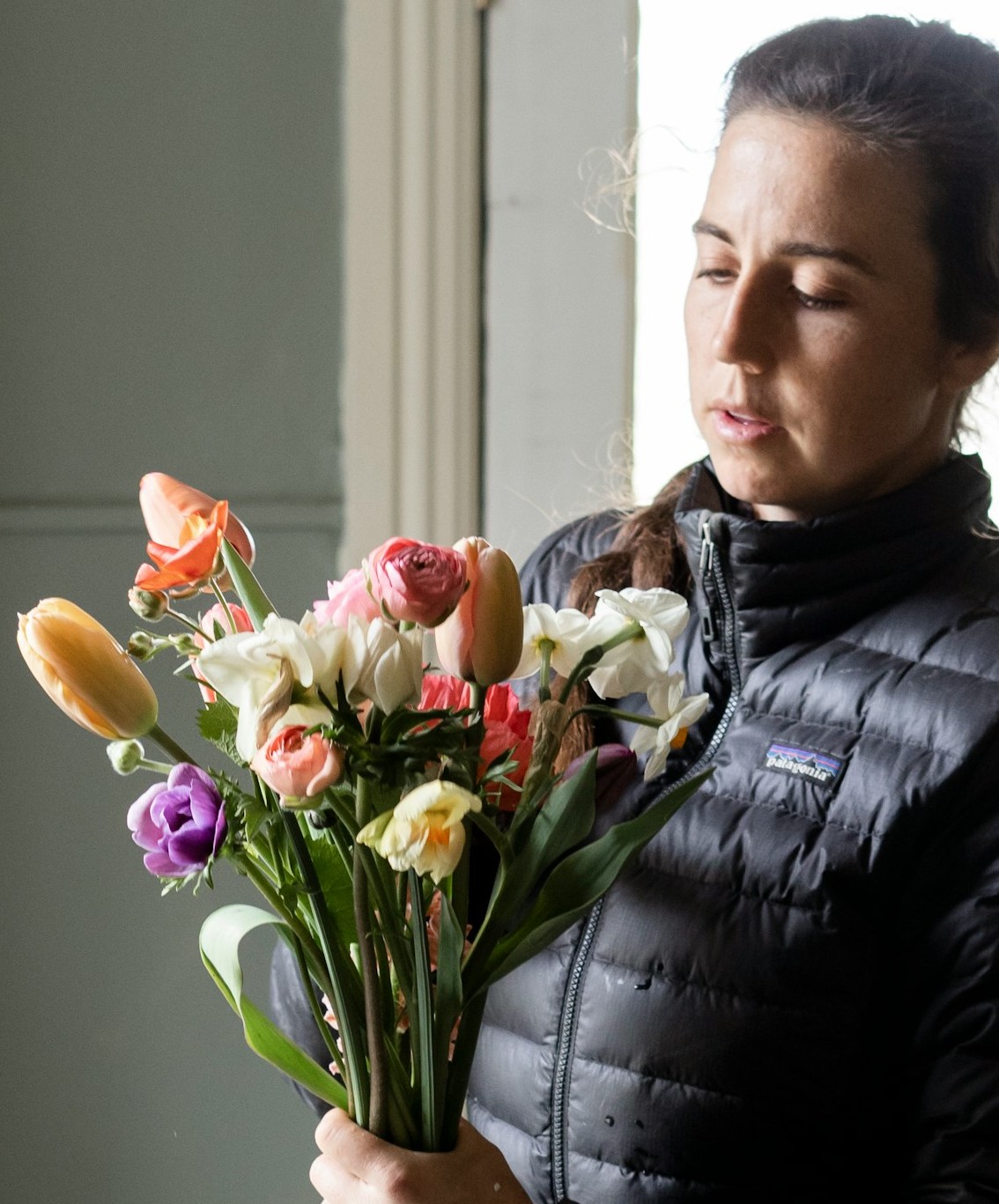
The Spiral Technique Explained
The spiral technique is the foundation of hand-tied arrangements:
Basic Spiral Method:
- Start with a focal flower held vertically
- Add subsequent flowers at an angle, rotating the bouquet
- Each stem crosses the previous stems at the same point
- Continue adding flowers in a spiral pattern
- Secure at the binding point with ribbon or wire
Benefits of Spiral Construction:
- Creates strong structural support
- Allows for even distribution of flowers
- Maintains natural flower positioning
- Enables easy adjustment during construction
- Provides professional, polished appearance
Advantages of Hand-Tied Arrangements
Natural Aesthetic:
- Preserves the organic beauty of flowers
- Creates movement and flow in the design
- Allows flowers to maintain their natural positions
- Suits contemporary and garden-style preferences
Versatility:
- Suitable for various flower types and sizes
- Easily adapted for different occasions
- Can incorporate mixed textures and colors
- Works well with both formal and casual styles
Construction Benefits:
- Relatively quick to create once technique is mastered
- Requires minimal additional materials
- Easy to adjust during construction
- Portable and easy to transport
Client Appeal:
- Appears natural and effortless
- Photographs beautifully from all angles
- Comfortable for clients to hold
- Suits modern preferences for organic design
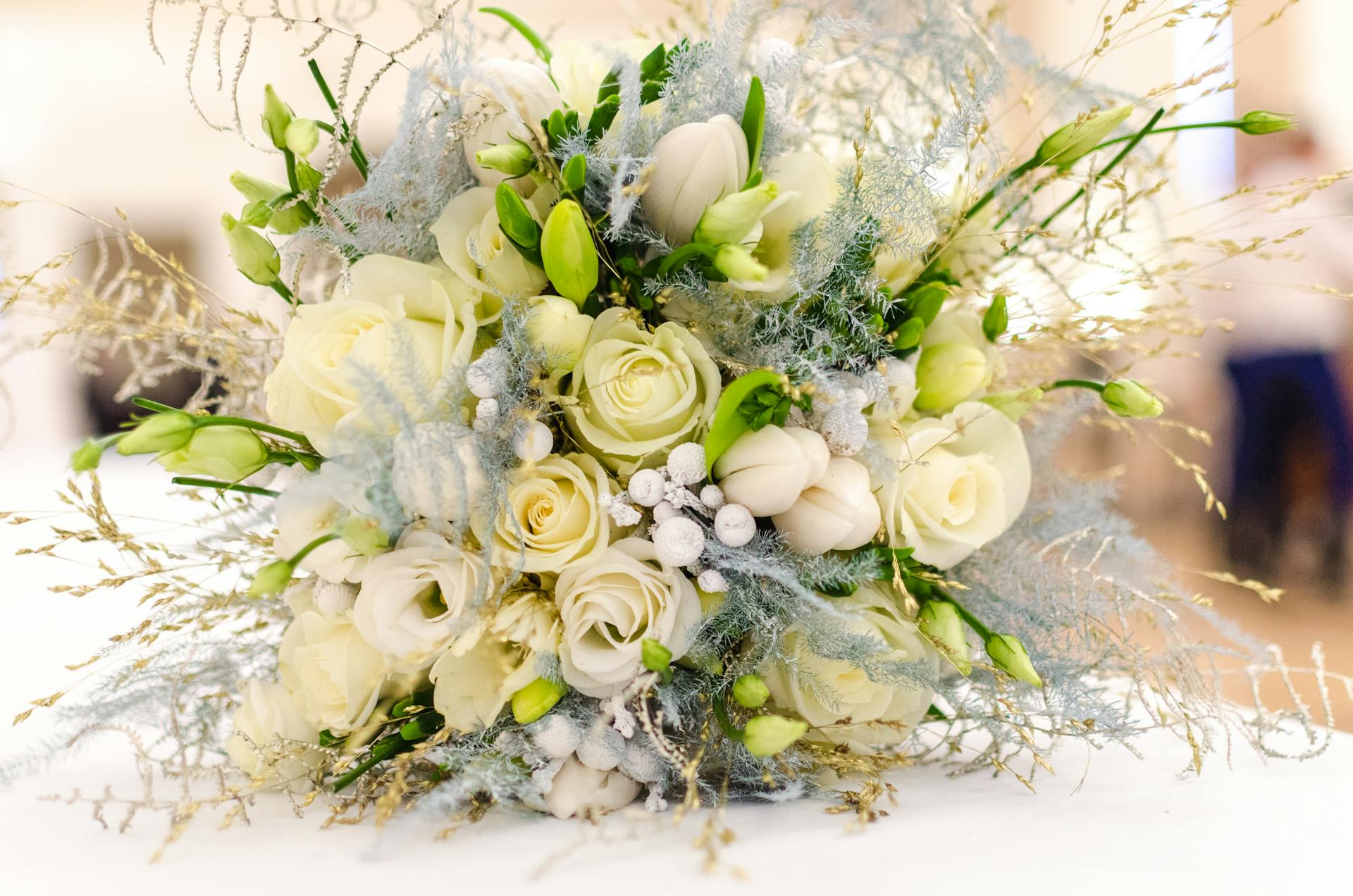
Understanding Wired Arrangements
What Are Wired Arrangements?
Wired arrangements involve attaching individual flowers to wire stems, allowing for precise positioning and creative manipulation. This technique provides ultimate control over flower placement and enables the creation of complex, structured designs that wouldn’t be possible with natural stems.
Key Characteristics:
- Individual flowers are wired to artificial stems
- Provides complete control over flower positioning
- Enables complex shaping and design possibilities
- Allows for compact, precise arrangements
- Suitable for intricate detail work
Wiring Techniques and Applications
Basic Wiring Methods:
Support Wiring:
- Wire inserted through stem to provide support
- Maintains natural appearance while adding stability
- Used for fragile or heavy flowers
- Preserves natural stem length
Replacement Wiring:
- Natural stem removed and replaced with wire
- Enables precise positioning and shaping
- Reduces bulk and weight
- Allows for creative manipulation
Reinforcement Wiring:
- Wire added alongside natural stem
- Provides additional support without replacement
- Maintains some natural appearance
- Suitable for temporary arrangements
Advantages of Wired Arrangements
Precision and Control:
- Exact flower positioning possible
- Enables complex three-dimensional designs
- Allows for creative shaping and curves
- Provides structural stability for intricate work
Durability:
- Stronger construction for special occasions
- Withstands handling and movement
- Maintains shape throughout events
- Suitable for long-wearing pieces
Creative Possibilities:
- Enables unique design concepts
- Allows for miniature and detailed work
- Supports complex color patterns
- Permits unusual flower combinations
Professional Applications:
- Essential for competition work
- Required for certain bridal accessories
- Enables luxury, high-end designs
- Supports innovative artistic expression
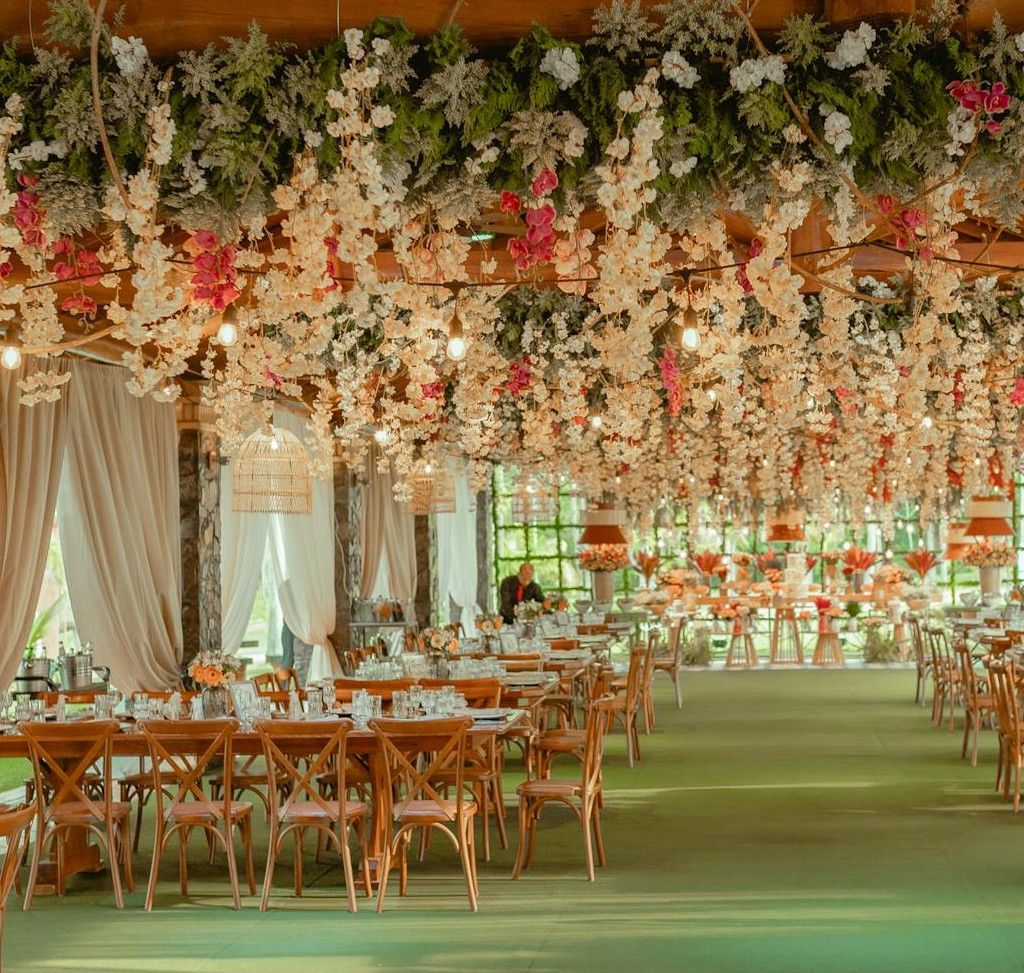
When to Choose Hand-Tied Arrangements
Ideal Applications
Wedding Bouquets:
- Relaxed, garden-style ceremonies
- Outdoor and natural settings
- Contemporary and modern weddings
- Brides preferring natural, organic looks
Event Arrangements:
- Casual and informal gatherings
- Corporate events with natural themes
- Seasonal celebrations
- Large-scale installations requiring efficiency
Everyday Floristry:
- Shop arrangements and displays
- Gift bouquets and presentations
- Sympathy and memorial arrangements
- Subscription and delivery services
Flower Types Best Suited for Hand-Tied
Ideal Flowers:
- Roses with strong, straight stems
- Peonies and garden roses
- Sunflowers and chrysanthemums
- Delphiniums and larkspur
- Tulips and daffodils
Supportive Elements:
- Eucalyptus and greenery
- Filler flowers like baby’s breath
- Textural elements like thistle
- Seasonal foliage and branches
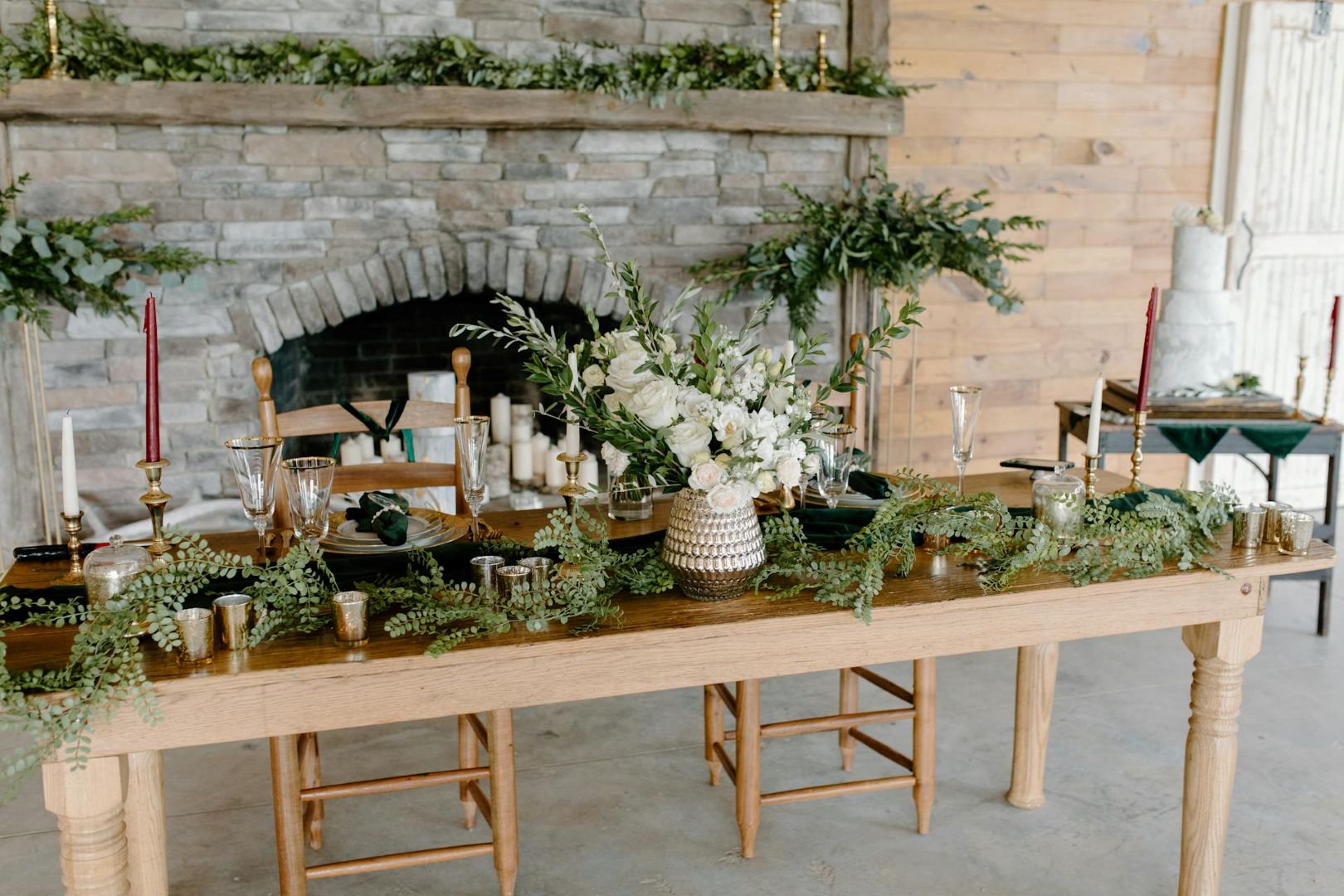
Client Considerations
Budget-Friendly Option:
- Requires fewer materials and less time
- Efficient construction process
- Minimal additional supplies needed
- Cost-effective for larger arrangements
Timeline Advantages:
- Faster construction for experienced florists
- Can be created closer to event time
- Less preparation time required
- Suitable for last-minute orders
When to Choose Wired Arrangements
Essential Applications
Bridal Accessories:
- Corsages and boutonnieres
- Flower crowns and hair accessories
- Bridal jewelry and arm bands
- Delicate, detailed pieces
Formal Events:
- Black-tie and formal occasions
- Award ceremonies and galas
- High-end corporate events
- Competition and exhibition work
Specialized Designs:
- Topiary and sculptural arrangements
- Miniature and delicate work
- Artistic and avant-garde designs
- Precise color and pattern work
Flower Types Best Suited for Wiring
Ideal Candidates:
- Orchids and exotic flowers
- Small, delicate blooms
- Flowers with weak or short stems
- Expensive or rare varieties
Challenging Flowers:
- Fragile petals requiring support
- Heavy flower heads
- Unusually shaped blooms
- Flowers prone to drooping

Professional Considerations
Skill Requirements:
- Requires advanced technical training
- Demands precision and patience
- Needs understanding of flower structure
- Requires practice to achieve speed
Time Investment:
- Longer construction time
- Requires advance preparation
- Needs skilled labor
- Higher labor costs
Technical Comparison
Construction Speed
Hand-Tied Arrangements:
- Experienced florists: 10-15 minutes for standard bouquet
- Beginners: 20-30 minutes for simple arrangements
- Efficiency improves dramatically with practice
- Suitable for volume production
Wired Arrangements:
- Experienced florists: 30-60 minutes for corsage
- Beginners: 1-2 hours for simple pieces
- Complex designs require several hours
- Precision work cannot be rushed
Durability and Longevity
Hand-Tied Arrangements:
- Dependent on natural stem strength
- Suitable for events lasting 4-8 hours
- May require water source for extended wear
- Best for immediate use and short-term display
Wired Arrangements:
- Enhanced structural stability
- Suitable for all-day wear
- Maintains shape without water
- Better for long-duration events
Cost Considerations
Hand-Tied Arrangements:
- Lower material costs
- Reduced labor time
- Efficient use of flowers
- Cost-effective for large orders
Wired Arrangements:
- Higher material costs (wire, tape, tools)
- Increased labor time and skill requirements
- More expensive per piece
- Justified for special occasions
Step-by-Step Technique Guides
Creating a Hand-Tied Bouquet
Materials Needed:
- Fresh flowers with strong stems
- Sharp floral scissors
- Ribbon or binding material
- Clean work surface
Step-by-Step Process:
- Preparation:
- Condition all flowers properly
- Remove lower leaves from stems
- Cut stems to desired length
- Prepare binding materials
- Starting the Spiral:
- Hold focal flower vertically in dominant hand
- Add second flower at 45-degree angle
- Rotate bouquet quarter turn
- Continue adding flowers in spiral pattern
- Building the Shape:
- Maintain consistent spiral direction
- Keep binding point at same level
- Add flowers evenly around circumference
- Adjust height and positioning as needed
- Finishing:
- Secure tightly at binding point
- Trim stems to even length
- Clean stem ends with sharp cut
- Wrap with ribbon or preferred material
Creating a Wired Corsage
Materials Needed:
- Fresh flowers and foliage
- Floral wire (22-26 gauge)
- Floral tape
- Wire cutters
- Corsage pin
Step-by-Step Process:
- Flower Preparation:
- Select perfect blooms
- Cut stems to 1-2 inches
- Insert wire through stem base
- Twist wire ends together securely
- Wiring Technique:
- Create hairpin with wire
- Insert through stem at base
- Twist wire ends to secure
- Trim excess stem material
- Taping Process:
- Start tape at flower base
- Wrap tightly around wire junction
- Continue down wire stem
- Stretch tape for adhesion
- Assembly:
- Arrange wired elements
- Secure with additional wire
- Tape entire stem construction
- Add decorative elements as desired
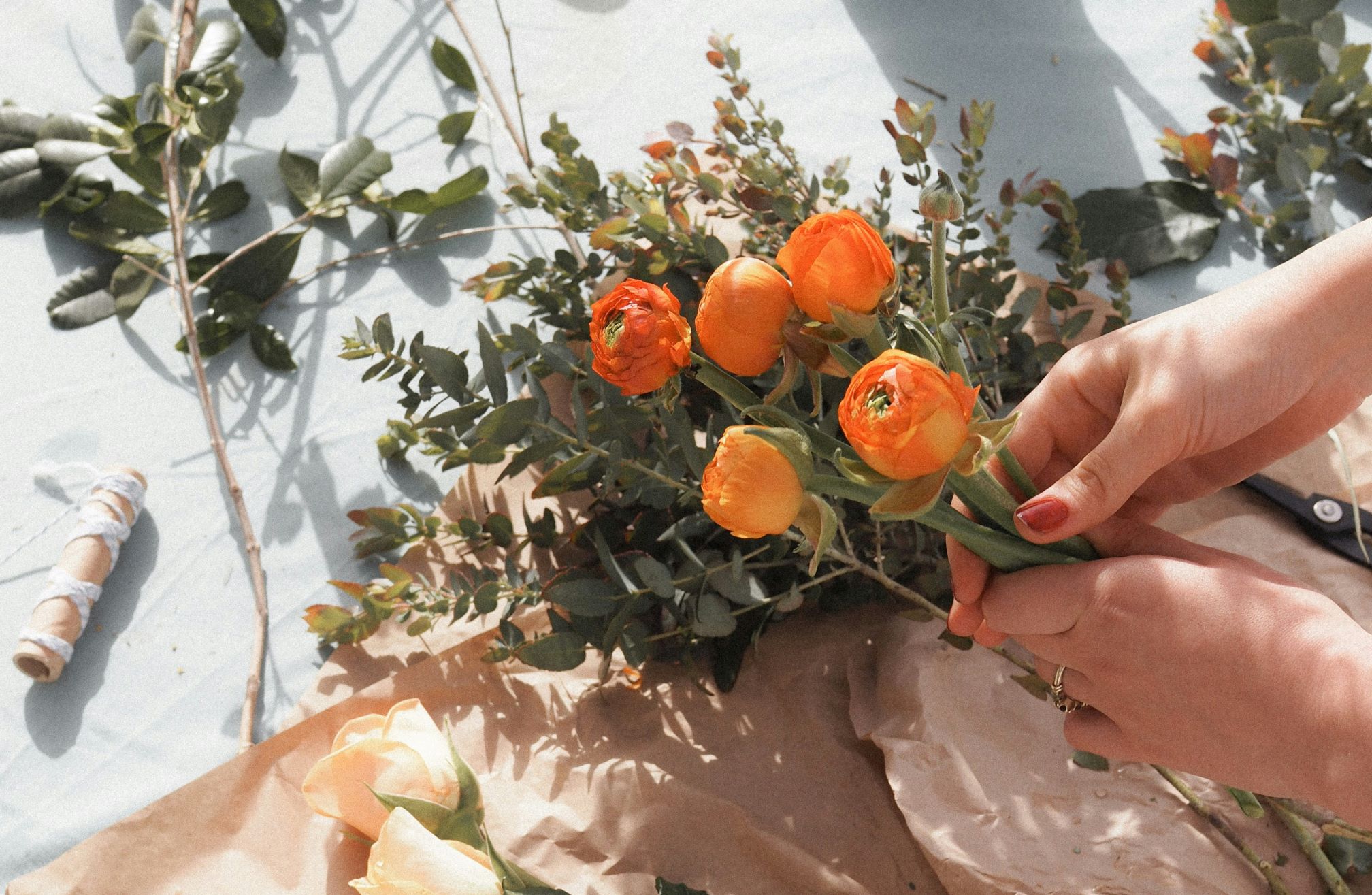
Common Mistakes and Solutions
Hand-Tied Arrangement Mistakes
Mistake 1: Irregular Spiral Pattern
- Problem: Stems crossing at multiple points
- Solution: Maintain consistent angle and rotation
- Practice: Use single flower type to learn pattern
Mistake 2: Loose Binding Point
- Problem: Arrangement falls apart during handling
- Solution: Secure tightly at exact crossing point
- Prevention: Check binding before adding each flower
Mistake 3: Uneven Flower Distribution
- Problem: Heavy or light areas in arrangement
- Solution: Rotate bouquet regularly during construction
- Technique: Add flowers in planned sequence
Wired Arrangement Mistakes
Mistake 1: Visible Wire or Tape
- Problem: Technical elements showing in final design
- Solution: Proper taping technique and coverage
- Prevention: Use appropriate wire gauge for flower size
Mistake 2: Damage to Delicate Flowers
- Problem: Crushed or damaged petals from handling
- Solution: Gentle handling and proper wire placement
- Technique: Support flowers during wiring process
Mistake 3: Inadequate Support
- Problem: Flowers drooping or falling from arrangement
- Solution: Proper wire gauge and secure attachment
- Prevention: Test support before final assembly
Advanced Techniques and Combinations
Hybrid Approaches
Partially Wired Hand-Tied:
- Hand-tied construction with strategic wiring
- Support for specific delicate flowers
- Maintains natural appearance with added stability
- Best of both techniques combined
Structured Hand-Tied:
- Hand-tied technique with armature support
- Enables larger, more complex designs
- Maintains efficiency of hand-tied method
- Suitable for installation work

Professional Development
Skill Building Progression:
- Master basic hand-tied technique
- Learn fundamental wiring methods
- Combine techniques appropriately
- Develop signature style approaches
- Teach and mentor others
Practice Recommendations:
- Work with inexpensive flowers for practice
- Time yourself to build speed
- Seek feedback from experienced florists
- Document progress with photos
- Experiment with different combinations
Business Applications
Pricing Considerations
Hand-Tied Arrangements:
- Price based on flower cost plus reasonable labor
- Efficient production allows competitive pricing
- Suitable for volume orders and regular customers
- Good profit margins with skilled execution
Wired Arrangements:
- Higher pricing reflects skill and time investment
- Suitable for luxury and special occasion markets
- Justified premium for specialized techniques
- Higher profit margins per piece
Client Education
Explaining Technique Benefits:
- Help clients understand appropriate applications
- Educate about durability and appearance differences
- Provide visual examples of each technique
- Recommend based on specific needs and budget
Setting Expectations:
- Clarify timeline requirements for each technique
- Explain cost differences and justifications
- Discuss care and handling requirements
- Provide maintenance instructions
Building Your Technique Portfolio
Documentation and Portfolio Development
Photograph Both Techniques:
- Show range of applications and styles
- Document construction process
- Highlight quality and attention to detail
- Create before-and-after comparisons
Client Testimonials:
- Gather feedback on both techniques
- Document client satisfaction
- Build reputation for versatility
- Demonstrate appropriate application
Continuing Education
Advanced Training Opportunities:
- Workshops with master florists
- Competition participation
- International technique exposure
- Specialty certification programs
Skill Maintenance:
- Regular practice of both techniques
- Stay current with industry trends
- Experiment with new applications
- Teach others to reinforce knowledge
Conclusion
Mastering both hand-tied and wired arrangement techniques is essential for professional floristry success. Each method offers unique advantages and serves different purposes in your creative arsenal. Hand-tied arrangements provide natural beauty and efficiency, while wired arrangements offer precision and durability for special applications.
The key to professional success lies not in choosing one technique over another, but in understanding when each is most appropriate and executing both with skill and confidence. As you develop your expertise, you’ll naturally gravitate toward the applications that best suit your interests and client needs.
Remember that technique mastery comes through consistent practice and continuous learning. Start with solid fundamentals in both approaches, then develop your unique style and specializations. Whether you’re creating simple gift bouquets or elaborate bridal accessories, having both techniques in your skill set will expand your creative possibilities and enhance your professional reputation.
The floristry industry values versatility and skill. By mastering both hand-tied and wired arrangements, you’ll be prepared to meet any client’s needs and create stunning floral designs that showcase your technical expertise and artistic vision. Continue practicing, learning, and refining your techniques – your dedication to mastery will set you apart in this competitive and rewarding field.



